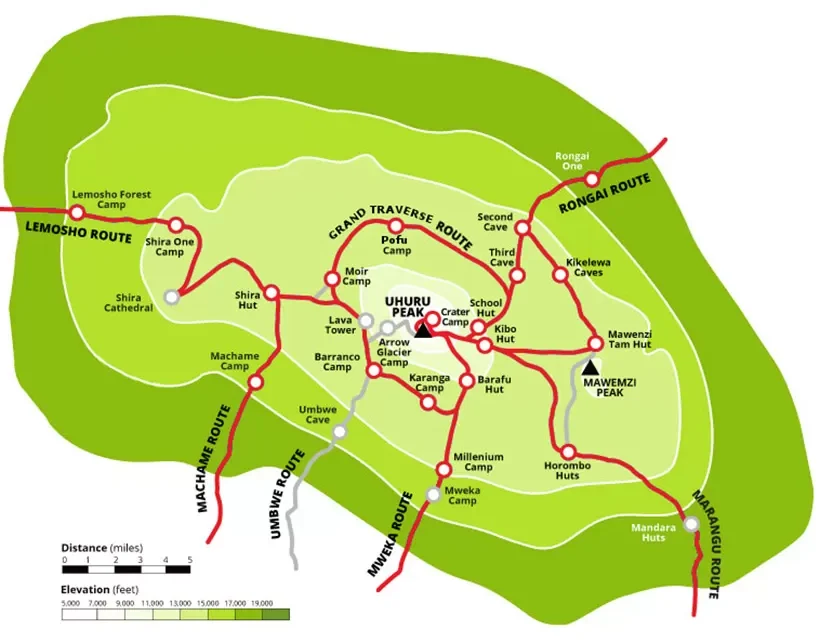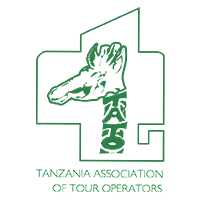Direct Booking?

Direct Booking?
The Lemosho Route is one of the most highly recommended paths to the summit of Mount Kilimanjaro, known for its breathtaking beauty, strategic acclimatization profile, and relatively low traffic. This route provides an immersive experience, offering trekkers the chance to explore the diverse ecosystems of Kilimanjaro while maximizing their chances of reaching the summit.

The Lemosho route is approximately 70 km/ 42 miles from gate to gate (from start to finish), with an elevation gain of about 16,000 to 17,000 feet. While it’s not as long as the Northern Circuit, it’s still one of the more extended routes on Kilimanjaro. Hikers typically complete it in either seven or eight days. Here are the key stats:
The Lemosho Route is widely regarded as the most scenic of all the routes on Kilimanjaro. While the Machame Route is also visually stunning, Lemosho offers several distinctive advantages that make it stand out.
One key factor is its relative newness; Lemosho is one of the newer routes on the mountain. Although it shares a significant portion of its path with the Machame Route, the initial stages are unique, starting at the Londorossi Gate. The route from Londorossi to Mti Mkubwa Camp and on to the Shira Plateau features a gentler ascent, making it less strenuous on the legs compared to the more challenging early stages of the Machame Route. Additionally, the Lemosho Route is more remote, offering a fresher and less crowded experience.
Another significant advantage of the Lemosho Route is its design, which prioritizes acclimatization. The gradual ascent allows trekkers more time to adjust to the altitude, leading to higher success rates, comparable to those of the much longer Northern Circuit. Moreover, the Lemosho Route typically spans 7 to 8 days, longer than other routes such as Rongai, Machame, and Marangu. This additional time on the mountain not only enhances acclimatization but also increases the likelihood of reaching the summit.
Kilimanjaro is accessible year-round, with no strict seasonal limitations on when you can trek or climb. However, certain times of the year are more favorable than others. The mountain experiences two distinct rainy seasons: April to May and November to December.
The dry seasons, which run from January to March and June to October, are generally considered the best times to embark on the Lemosho Route. These months offer clearer skies and more stable weather conditions, enhancing both the trekking experience and the likelihood of a successful summit. However, these favorable conditions also mean busier trails, as more climbers take advantage of the optimal weather.
For those seeking solitude and a quieter climb, the rainy season presents an alternative. While the weather may be more challenging, the trails are significantly less crowded, offering a more serene experience.
Trekking on Kilimanjaro demands reliable gear, especially essentials like an 80-90L backpack and high-quality trekking socks. We strongly advise reviewing our recommended packing list to ensure you’re fully prepared for your Lemosho Route hike.




Tailor Made your Trekking

2024/2025 >> Click Here

